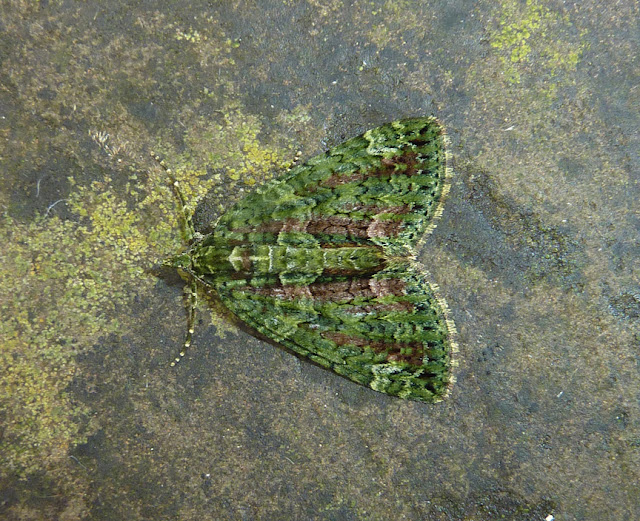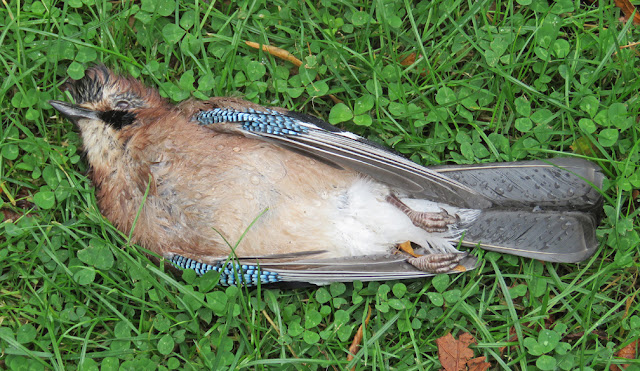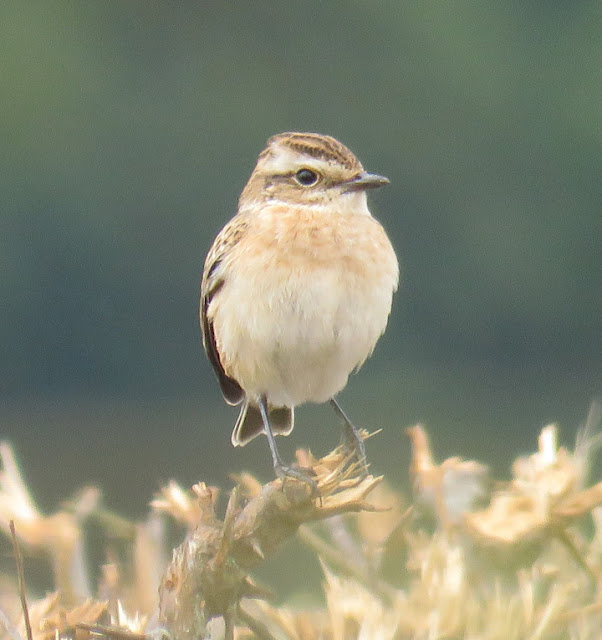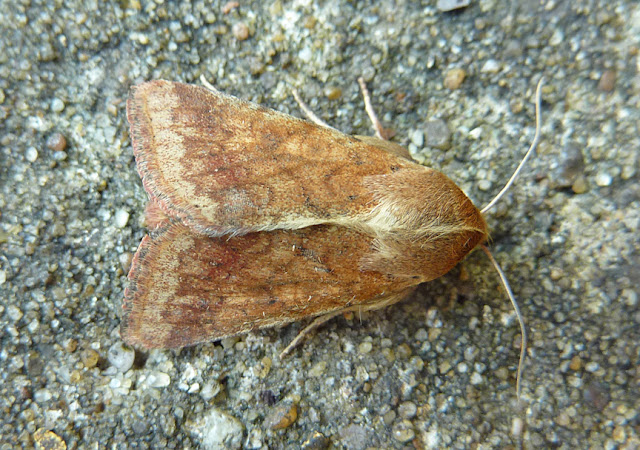Shetland, Day One
Arrived on What'ssay at 12.00 with the top crew - Big Dick, Pipit Shagger and Captain Wank. We immediately scored with a selfie that got 14 likes - top posting! Within an hour we had found our digs and had a top result with 25 Twitter messages of congratulations! Top liking all round. After checking our feeds we got changed into combat gear and staked out a phone box, where in 1982 Dick Trilby famously took the call that resulted in a major Little Egret twitch. No incoming calls to grill today, but our crew selfie taken in the phone box resulted in 12 likes - top posting!! It was turning into a rare day!!! Mid afternoon saw a birder yelling at us that he had a PG Tips. Seeing that Captain Wank had just made us all a brew we ignored him, especially as the yelling birder was in an iris bed at the time. Never heard of a cafe in such a place. Moron... undetered we took a selfie, top gurning from the crew, but we only got two likes. Poor. It started to smell 'rare', but that c...










